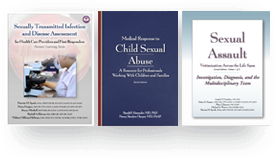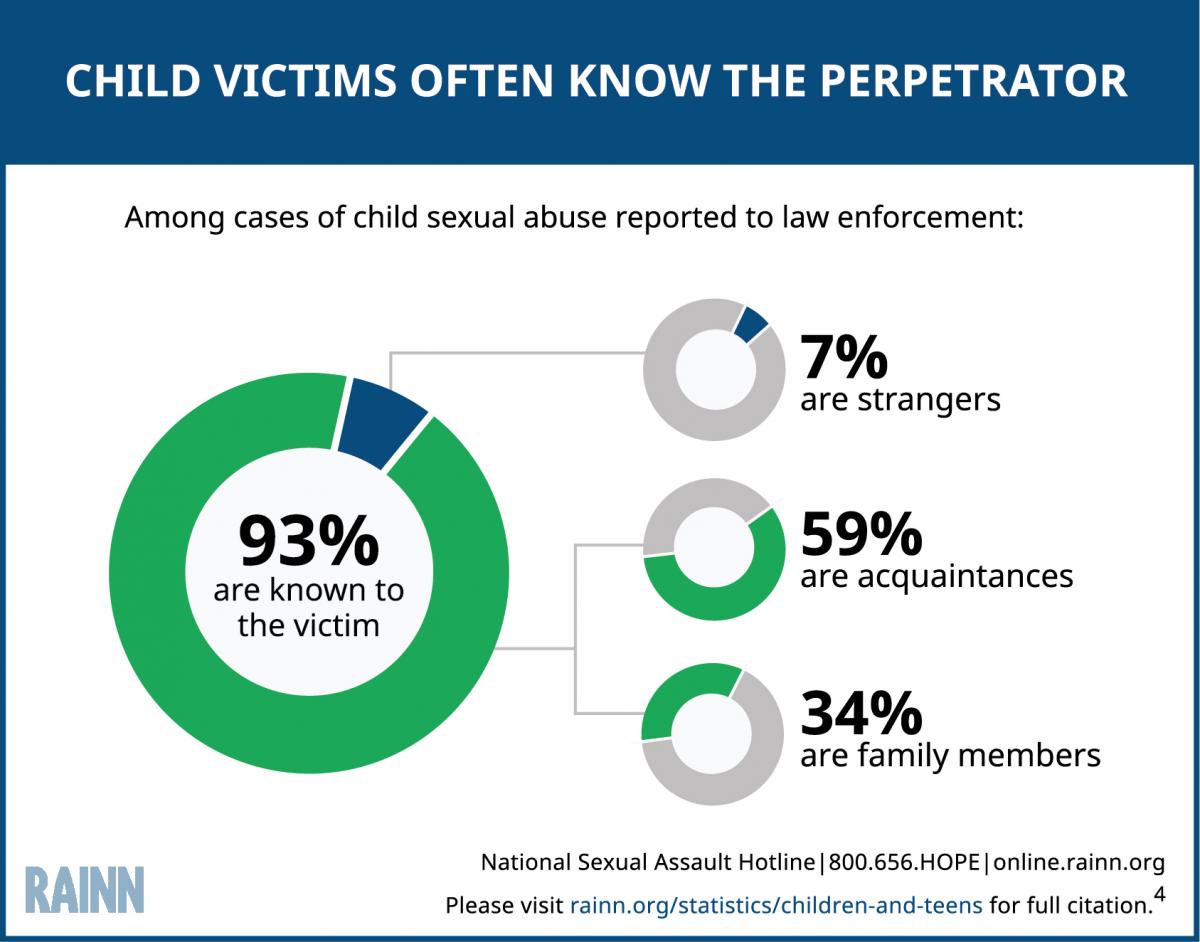Debunking Myths about Child Abuse
Stories of child abuse often appear in the news, each one as disturbing and heartbreaking as the next. Through these reports, along with the portrayal of abusive scenarios in other forms of media, many people may have certain assumptions regarding the circumstances in which abuse tends to occur.
However, these depictions of abuse are not always entirely accurate. They can hinder the credibility of cases that differ from the stereotypes and even help instances of abuse go undetected. As outlined in STM Learning’s Nursing Approach to the Evaluation of Child Maltreatment, Second Edition, there are a handful of harmful falsities about child abuse that have widely prevailed. Here’s the truth behind them.
MYTH #1: Strangers are the main perpetrators of child sexual abuse.
From a young age, children are told over and over again: “Don’t talk to strangers.” While teaching children to be cautious around unfamiliar people is a good idea, this rhetoric exhibits the widely held belief that predators are most likely to be a complete stranger. On the contrary, child sexual abuse is often committed by someone the child knows or has interacted with before.
In an attempt for control and secrecy, child sexual abuse typically occurs in a setting where it would be normal for the perpetrator to interact with children. Perpetrators will often work with the child’s schedule to decrease suspicions of foul play, enabling them to get close to the child in a seemingly harmless manner – such as a soccer coach offering a child rides to practice, for example.
This goes hand in hand with the concept of grooming, where a predator will work to gain the child’s trust before later sexually abusing them. Perpetrators may also use their power over the child to coerce or intimidate them into not disclosing the abuse. All forms of abuse, including emotional and physical, can occur in the home as well.
MYTH #2: Perpetrators of child abuse are mentally ill.
There are no set characteristics that define an abuser. Abusers can appear in every economic, ethnic, and social class. They can be any age or gender. And, while some abusers may have a mental illness, many may not.
Although some abusers may have a mental health issue that contributes to their maltreatment of a child (eg, severe depression leading to child neglect), not all do. In one study on the correlation between child abuse and mental health in parents, researchers determined that “…most parents with mental illness are not abusive, and most abusive parents are not mentally ill.”
This stereotype can be particularly harmful to the general population of people who have mental illnesses, as it may lead others to unfairly mistrust and discriminate against them.
MYTH #3: Children with disabilities are not typically targets of abuse.
In reality, disability can be a risk factor for child abuse and neglect. Some children have “special needs that may increase caregiver burden,” according to the Centers for Disease Control and Prevention (CDC), which can put them at higher risk of maltreatment.
Children with disabilities may be unaware of the severity of an abusive interaction, especially when a caregiver is involved. They also are less likely to be educated on abuse. Those who have any type of developmental, physical, or emotional disability may also face additional barriers to reporting. For example, a child is unable to communicate with someone to disclose abuse, the abuse may go undetected. Some may fear for their safety due to a dependence on the abuser.
Therefore, children with disabilities may be seen by perpetrators as easy targets for abuse, making them part of a particularly vulnerable population.
MYTH #4: Children’s bad behavior provokes abuse.
No matter the circumstance, children are never deserving of abuse. Beating or otherwise harming a child as a form punishment for misbehavior is considered abusive.
Forms of corporal punishment, including spanking, are no longer recommended as a parenting tactic because of the long-term behavioral effects they can have on children. In fact, children’s behavior disorders may stem from or worsen because of harsh or abusive parenting, according to the CDC.
There are plenty of alternative forms of discipline that can be used as a consequence for a child’s poor behavior.
This blog was written by STM Learning’s editorial staff for educational purposes only. It is not intended to give specific medical or legal advice. For expert information on the discussed subjects, please refer to STM Learning’s publications.








